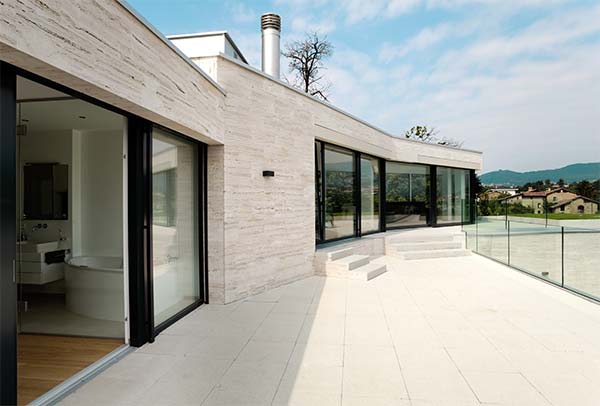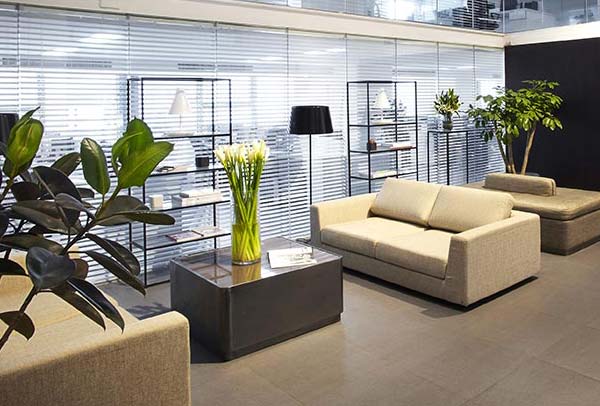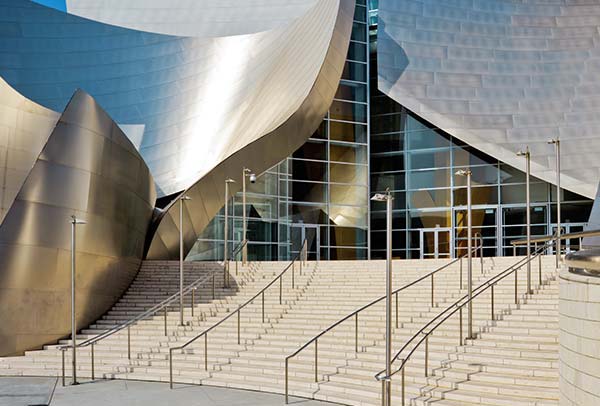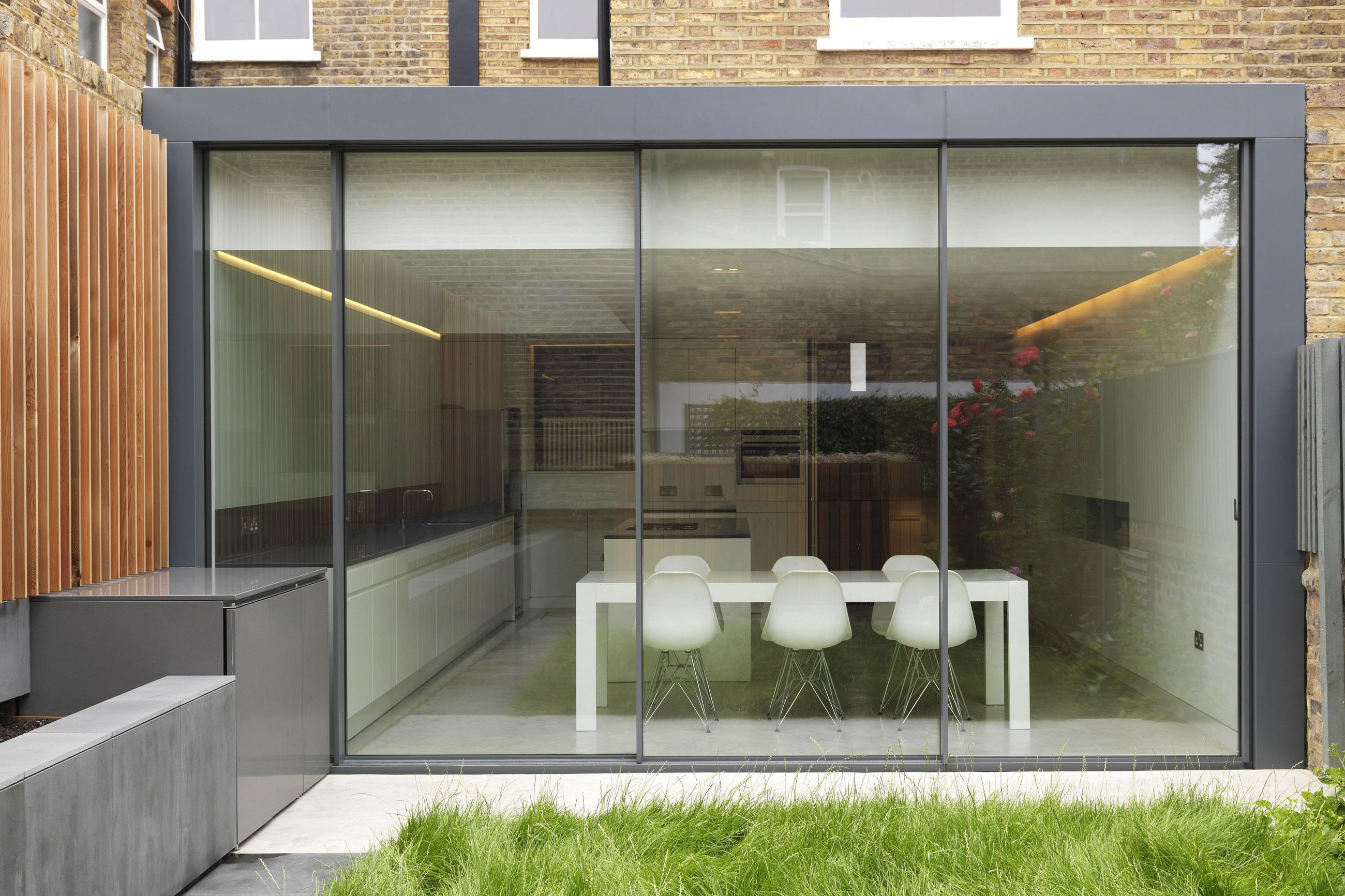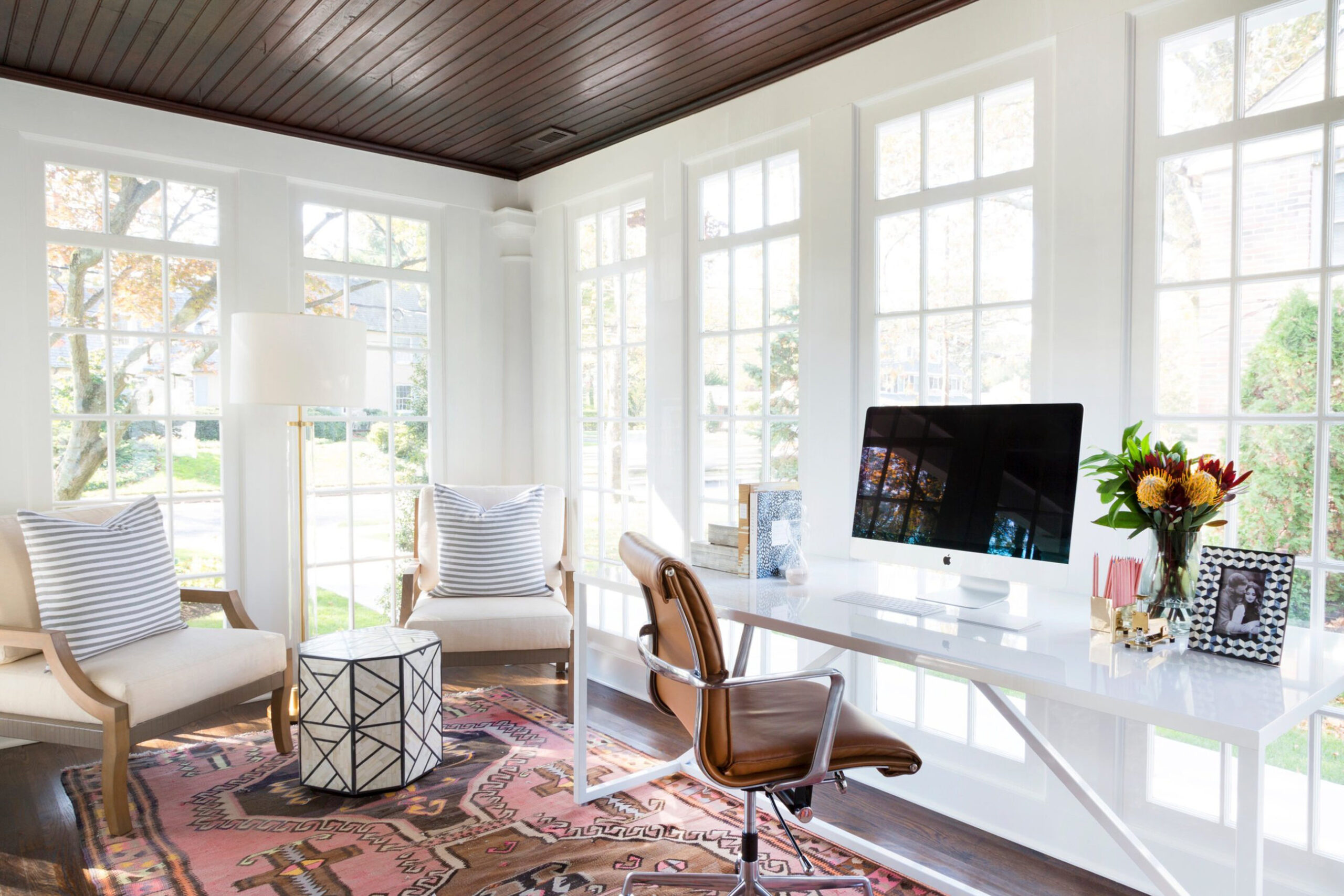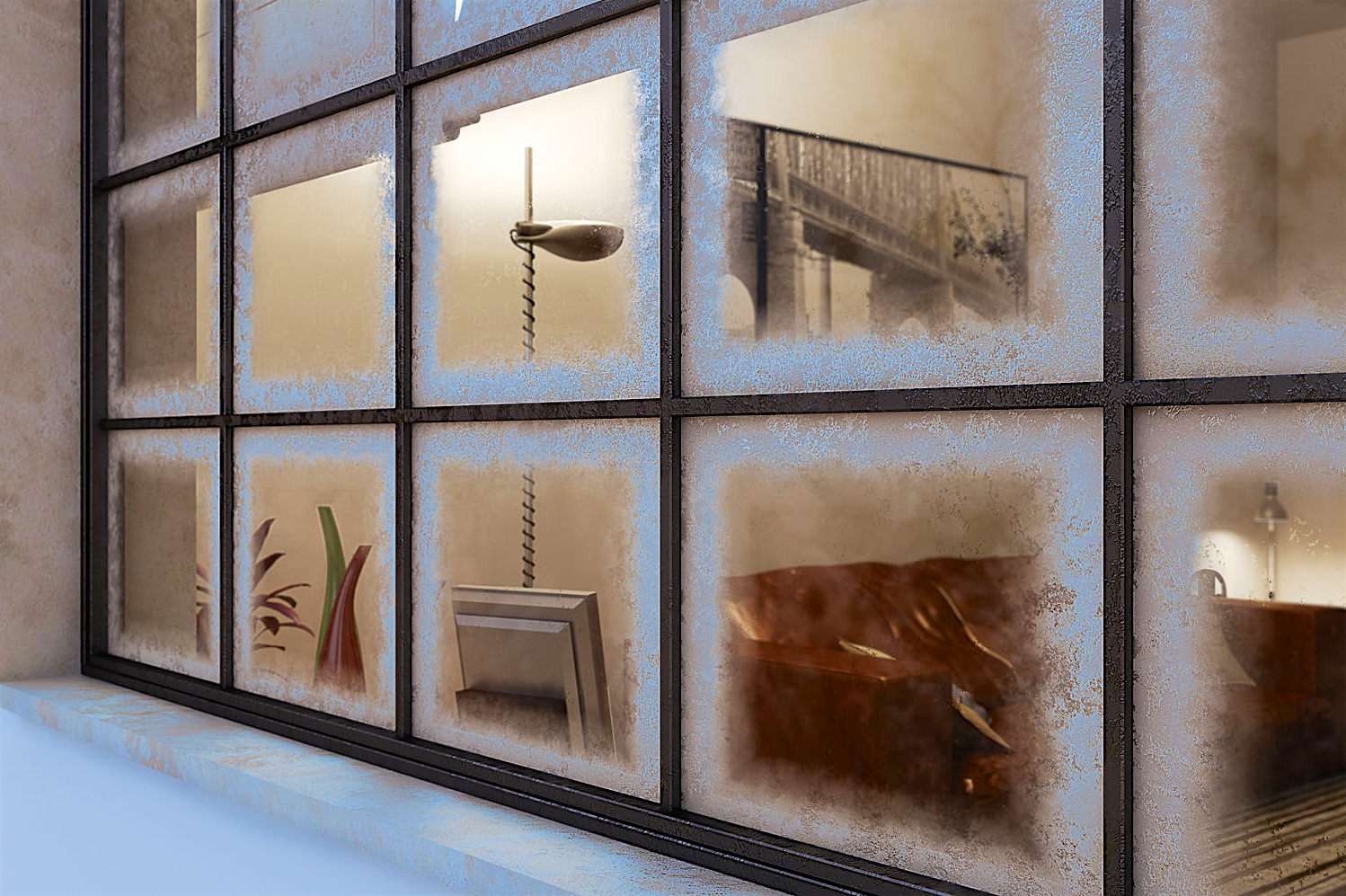
Conserve Energy in Winter
The best thing you can do to improve the energy efficiency of windows and doors is to use caulking and weather-stripping to seal up any gaps. Any free-flowing air between the inside of your home and the outside is a recipe for unwanted heat loss and gain. Once any holes have been fixed, the next thing to do is take care of the glass itself. Untreated glass is defenseless against heat gain and loss. This means that untreated windows lead to higher energy costs as well as hot and cold spots within the home.
Heat control window films are engineered to allow visible light to pass through, while blocking infrared radiation (heat). This means that the same film that keeps your home cool in the summer will keep it warm in the winter. Along with caulking and weather-stripping, window film is one of the easiest, most inexpensive, and energy efficient home upgrades. With this type of upgrade, it makes sense to get the best. Always talk to a professional window film company that has years of experience and knowledge, as that is the only way to guarantee maximum performance, aesthetics, and longevity.
East and west facing windows are the best candidates for film, as they are exposed to powerful sunlight all summer long and are left in the dark during winter.
Where to Use Films
Not every window needs heat control film – window film should be applied strategically to the areas of the home that make the most sense. North facing windows rarely need heat control film. South facing windows should be considered carefully, as film could block desirable heat gain during the winter which would offset efficiency gains from heat retention. East and west facing windows are the best candidates for film, as they are exposed to powerful sunlight all summer long and are left in the dark during winter.
High Reflectivity Films
Reflective films offer the most powerful heat rejection. You’ve probably seen them most used on large commercial buildings – they have a mirror-like finish due to the metal oxide used in their production. While these films are incredible at blocking solar heat during the summer, they also reduce desirable heat gain during the winter, reduce interior natural light, and the reflective qualities often aren’t desired for residential use.
Reflective films are best used in areas with long summers.
Tinted Window Films
Tinted films represent an older technology. These films use a dye or pigment that darkens the window and absorbs light waves, which means that a significant amount of heat will leak through the window. These films also block natural light, therefore increasing your need for artificial lighting. There are times when standard tinted films are appropriate and even desirable, but it makes sense to consult with an expert.
High-Performance Films
Most modern DIY kits come with either high reflectivity films or tinted films. Both of these can be useful at times, but the DIY kits always contain substandard films that chip, peel, and degrade quickly. These days, high-performing low-E films are the most sought-after products in the residential film industry. Check out this article we published comparing standard tinted films with high performance films.
Film Installation
From its inception, window film was designed to be installed by professionals. When it comes to any home upgrade, but especially one of this significance, it just makes sense to seek the highest-quality products and the most experienced installation. At Sunshade, we are proud to only carry the best-in-class products, and our experienced team makes the installation process easy. Give us a shout, we’d love to hear about your next project.

